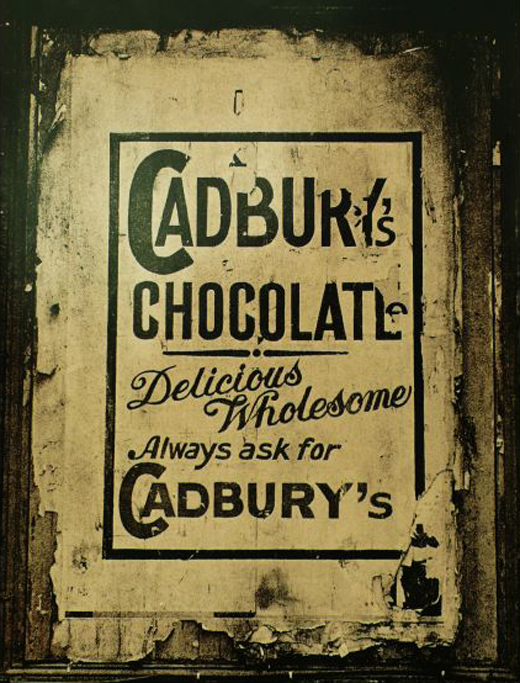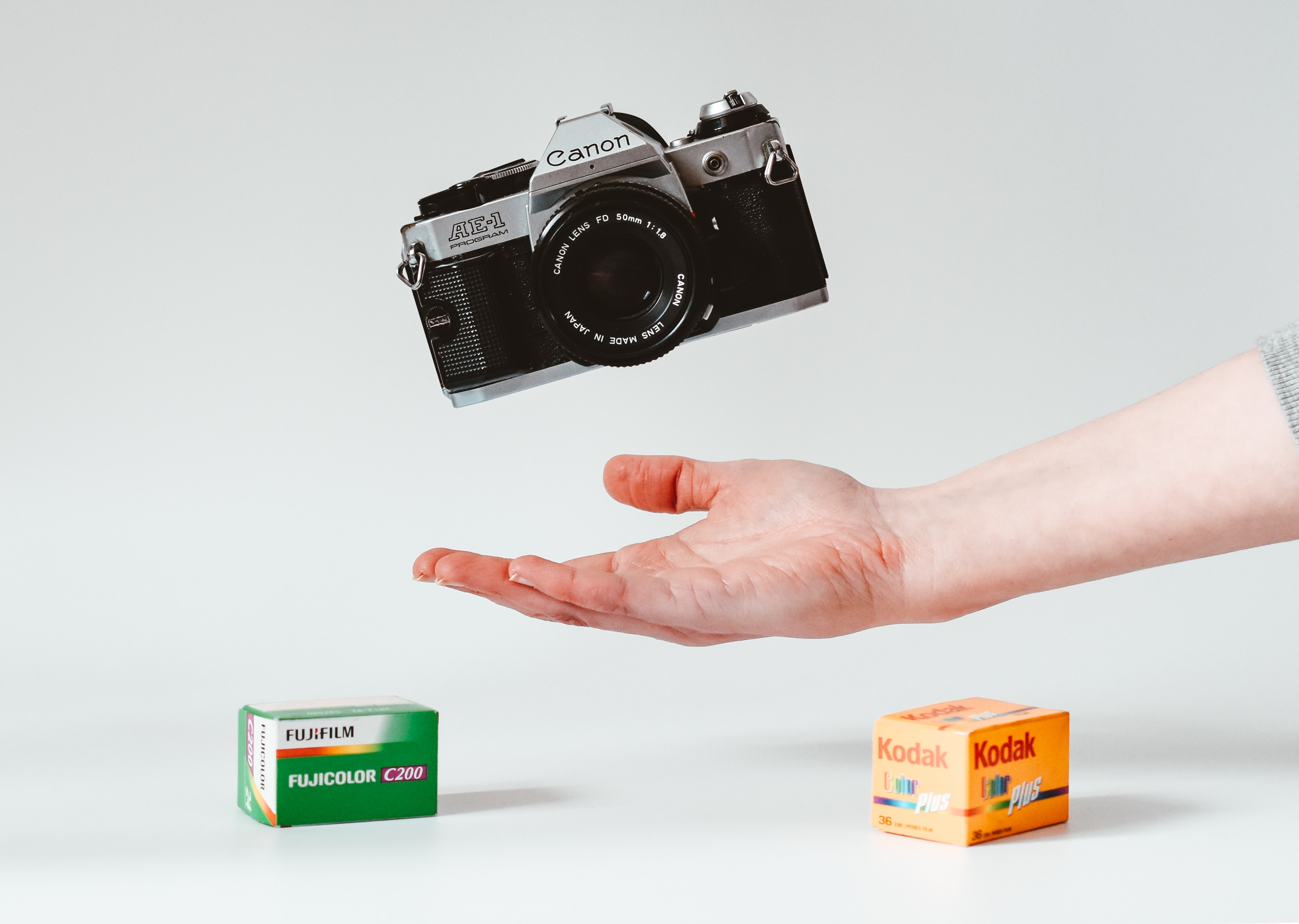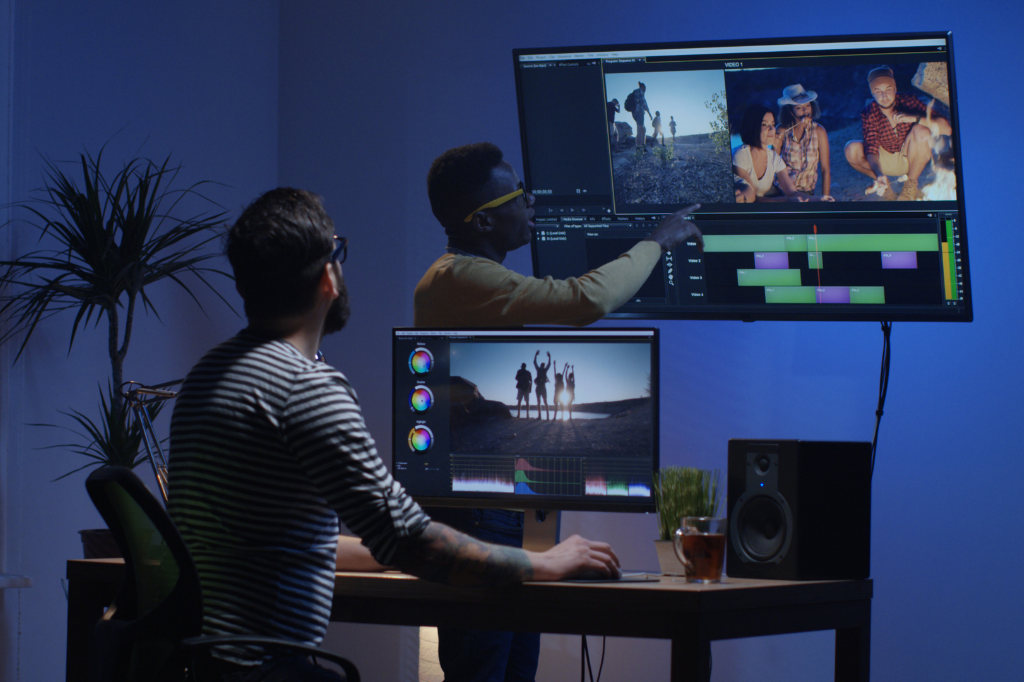Lithographic printing (or just lith printing) is an alternative technique for printing onto black & white paper in the darkroom.
Lithographic printing (or just lith printing) is an alternative technique for printing onto black & white paper in the darkroom, yielding warmer-toned prints with dark shadows and creamy highlights. The differences between a normal black & white print and a lith print lies in both the processes as well as the results.
In case you have never printed black & white photographs in a darkroom before, here’s the basic rundown: An enlarger is used to expose a sheet of photographic paper – the amount of time needed for a proper exposure is calculated using test strips, but for any given enlarger, specific negative, type of paper and type/age of developer there should be an optimal exposure time, ranging from about 5 – 30 seconds. After the paper is exposed, it is placed in developer for 3 minutes (although this depends on the make of developer and the dilution ratio). After the developer, the photograph is stopped (developer rinsed off), fixed, washed and dried, resulting in your final print. If you want to change the properties of the print, such as the brightness or contrast, you accomplish this using the enlarger exposure and multi-grade filters over the enlarger lens – the developing time is fixed and is normally not used to adjust the print’s properties.
This is where lith printing comes in – you control the print’s properties by “snatching” the print from the developer. You initially overexpose the paper with the enlarger – about 30 seconds for most average-density negatives. Using a very diluted lith developer, you can then control the outcome of the print during the developing stage. With a normal black & white print, you start to see the image appear on the paper within a minute – with lith developer, you might only see the faintest beginnings of the image after 20 minutes! Because the development speed is so slow, you can snatch the print from the developer when it’s ready. With normal printing, you dodge and burn while exposing the negative, but with lith printing, you can dodge and burn using developing process by stopping the developer (rinsing it off) and then manipulating the soft print in the developer again – folding and twisting it to make sure the developer is only in contact with the area you want “burned” in. It’s a very satisfying process, resulting in something quite different to an ordinary print – have a look at the gallery below. All images courtesy of Flickr users under the Creative Commons license.







You can learn more about lith printing via the following links:
Lith Printing… An Introduction by Tim Rudman
World of Lith Printing
Lithprint.com








